Glamour Shots of Reptiles, Brought to You by Science
“All right Mr. Herpetologist, I’m ready for my close-up.”
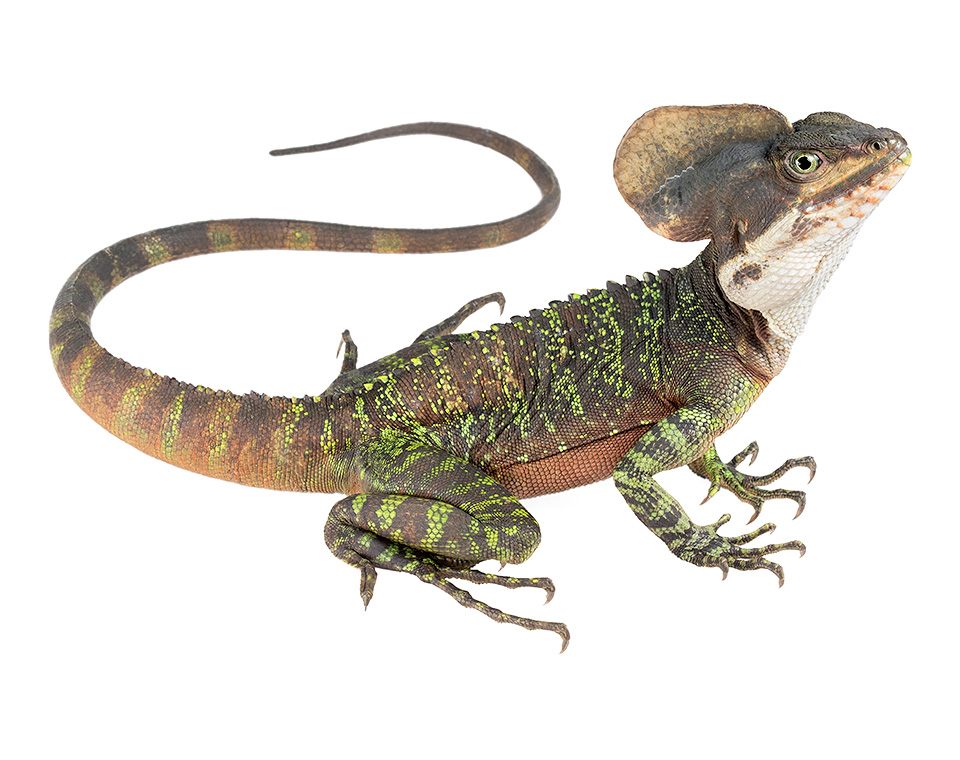
It’s time for the photoshoot, but the model is not cooperating. In fact, the model—a pinkish-gray lizard* about the size of a pea pod—is trying to get the heck out. He scurries off the makeshift runway, a copy of a thick field guide called Flora del Ecuador opened to the title page. Lucas Bustamante, the on-scene photographer, nudges him back into place with a gentle finger. “Stay, stay,” Bustamante urges. He does not stay.
It’s hard to blame the model. He was discovered just yesterday, in the cloud forests around Wildsumaco, a tourist lodge in northern Ecuador. He spent the night in a vial with some wet leaves and moss, and now that he’s free again, he’s trying desperately to get back outside. “It may be a while before we know if it’s a new species,” says Bustamante to the small crowd of onlookers.
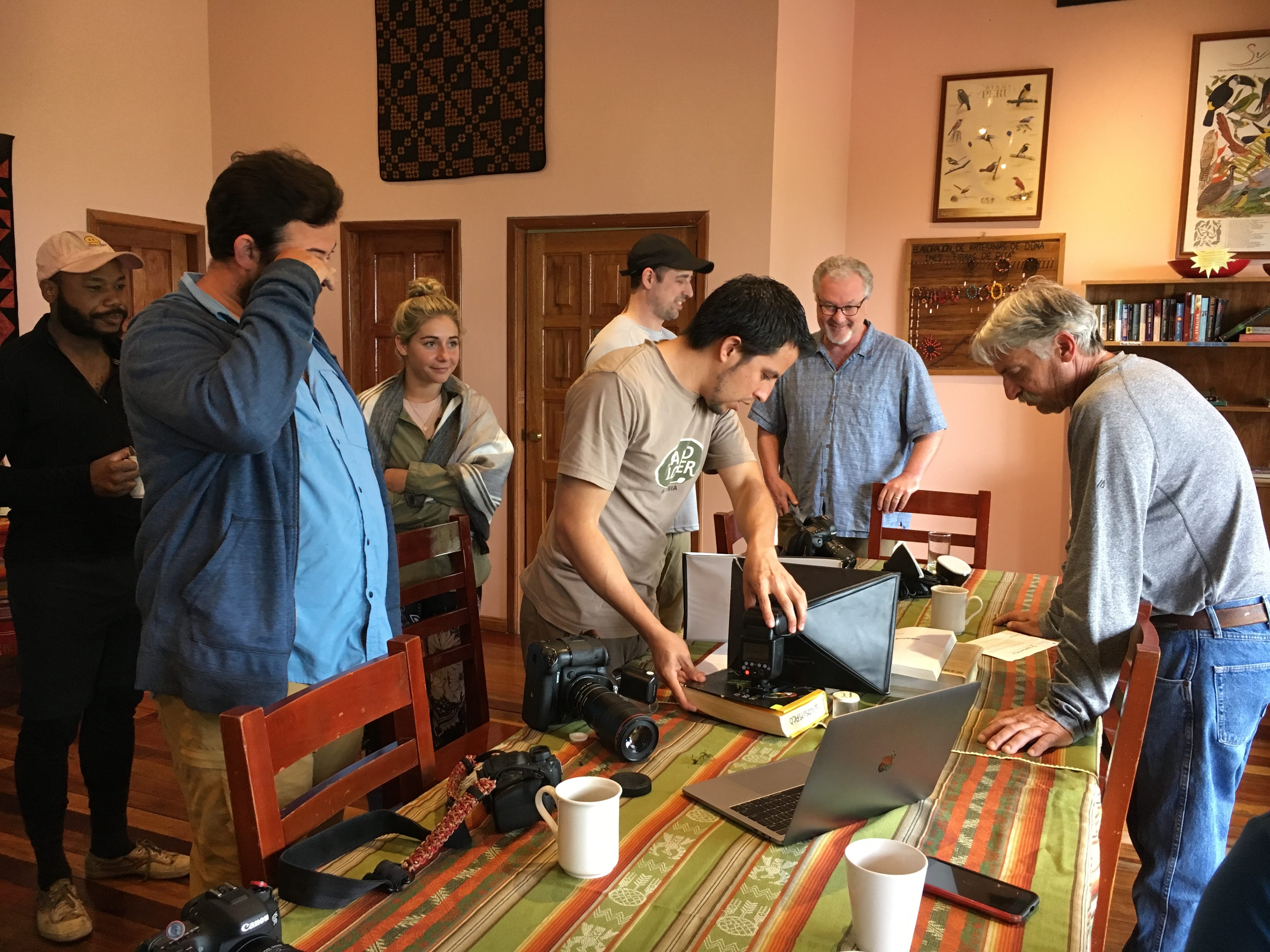
Bustamante is used to wrangling confused lizards. As one of the founders (with Alejandro Arteaga) of Tropical Herping, an Ecuador-based research group and science communication company, he spends much of his time catching, cajoling, and photographing reptiles and amphibians. Some of them are familiar, even iconic, like the American crocodile. Others—like the five snail-sucking snakes he and his collaborators officially discovered earlier this year—are brand new.
It’s not quite clear yet where this one falls. But if Bustamante can get some decent glamour shots using his two diffused portable flashes, which he has propped against each other to make an improvised lightbox, it will be much easier to figure that out.
The tropical forests of Ecuador are some of the most biodiverse places on Earth. Five percent of the world’s reptile species can be found there, hanging from branches, clinging to tree trunks, and swimming in the rivers—not bad for a country the size of Arizona—and more are being discovered all the time.

Tropical Herping is in the process of documenting every single one: “not just the species, but the morphology,” says Bustamante. “Male, female, juvenile.” The results will be published in a guidebook, Reptiles of Ecuador, slated to be released later in 2018.
Most of the reptiles in the book received the same treatment as the lizard: snagged in the wild, lovingly documented, and then rereleased. “The picture has to be digital and high-resolution,” says Bustamante. “As much as possible, it has to show all the taxonomic characteristics.”
Bustamante and his colleagues always make sure their lizard models are showing off their feet and tails. They pose and re-pose each snake into an elegant squiggle. By the end, between the chasing and the wrangling, the photographers might be covered in mud and sweat, but the photos are pristine. Each ridge pops against the white background.

Such detail is scientifically vital. To the naked eye, this lizard’s skin looks smooth and undifferentiated. But magnified by Bustamante’s camera, you can count every scale—something he will do eventually, to try to narrow down what species it belongs to.
Tropical Herping is also working with natural-history collections around Ecuador, as well as the American Museum of Natural History, to associate multi-angle sets of photographs with physical specimens. Although it lacks DNA, a photo can add new dimensions to a catalog, as well as some helpful redundancy: it won’t degrade or lose color, and there’s less risk of it being lost to a fire, or a fire sale.
Maximizing the details on display also helps to democratize the research process, Bustamante explains: “Say the [physical specimen] of this animal is in the United States, but you’re a researcher from Africa and you can’t afford to go to the U.S. or borrow the specimen. You can at least use the picture to start doing the first basic counts and measurements.”

Bustamante and his colleagues also have a broader audience in mind. “The most important use of this [technique] is for the public,” he says. “We want people to get involved—to know what they have in this country and why it’s endangered, and decide to protect it.” Along with their stunning biodiversity, Ecuador’s tropical forests are full of more easily extractable resources: oil, timber, precious metals. And even those working to preserve wildlife tend to focus on a certain subset of easily recognizable creatures, like toucans or wooly monkeys.
“In general, reptiles and amphibians are not so loved,” says Bustamante. But in Tropical Herping’s photographs, every snake and turtle has near-mammalian charisma, including our friend the lizard. It was cute on its own, but under the lens, it gains individuality. The blur of pinkish gray differentiates into stripes, speckles, and an orange underbelly. Its front claws are splayed like a ballerina’s feet.

“You can really see the details,” says Blake Olmstead, lead designer at Atlas Obscura and the traveler who first found the skink on a trailside leaf. “It really just brings a different depth to what you’re experiencing.” Somehow, in the photograph, it becomes even more real.
After the photoshoot is finished, Bustamante sets the lizard free. It will take a little while for him to comb through the photos and figure out the animal’s age, its species, and its sex. (Although we’ve been calling it “he,” we aren’t yet sure.) But the most important step is complete: we all know that we like it.
More lightbox photos from Tropical Herping are below:

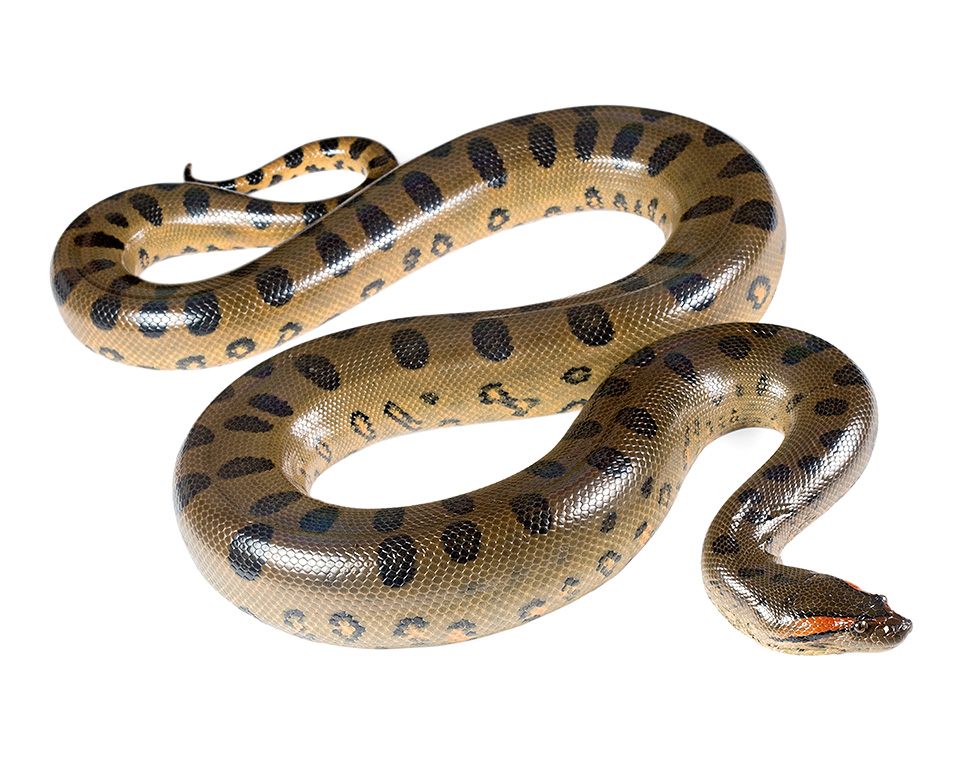



This article was reported on an Atlas Obscura trip. Want to see the world alongside us? Check out our 2019 trip listings here.
*Correction: This article previously stated that the animal being photographed was a skink. Appraisal of the up-close photographs has revealed that it is actually a Tawny Shade-Lizard. This article has also been updated to reflect the correct number of Ecuadorian reptiles photographed by Tropical Herping.
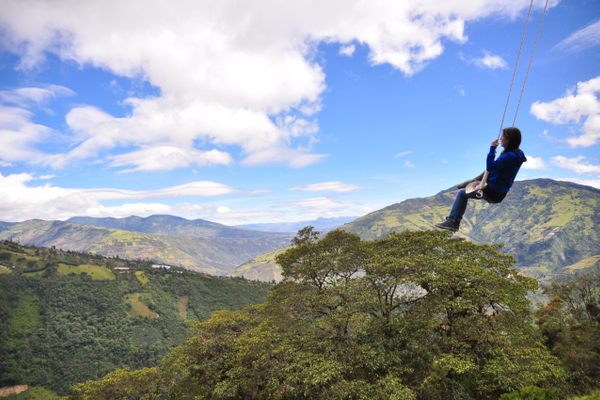


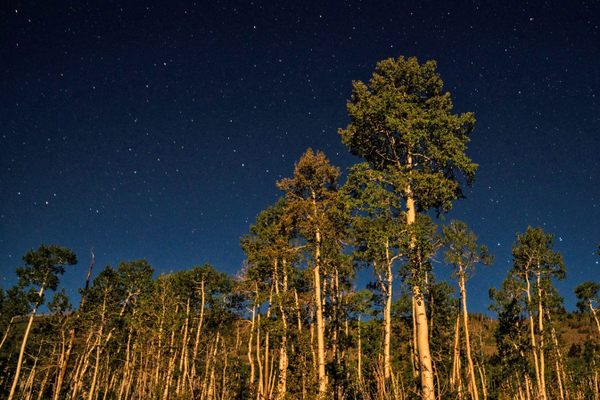













Follow us on Twitter to get the latest on the world's hidden wonders.
Like us on Facebook to get the latest on the world's hidden wonders.
Follow us on Twitter Like us on Facebook